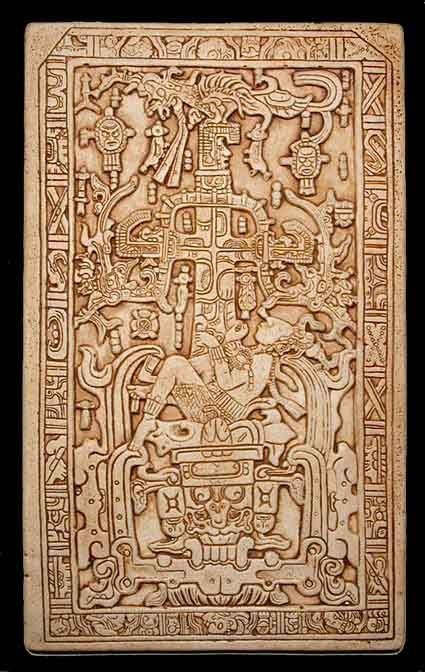The Enigmatic Marvel: Unveiling the Wonders of the Maya Civilization
The Maya civilization, a rich tapestry of art, science, and spirituality, flourished in the heart of Mesoamerica for over two millennia. Spanning from approximately 2000 BCE to 1500 CE, this remarkable culture left an indelible mark on history, enchanting archaeologists and historians with its intricate architecture, advanced knowledge, and mysterious downfall.
A Landscape of Marvels: Architecture and Urban Planning
One of the most distinctive features of the Maya civilization is its awe-inspiring architecture. The cities of Tikal, Palenque, and Chichen Itza stand as monuments to the engineering prowess of the Maya people. Towering pyramids, intricate palaces, and elaborate temples were constructed with remarkable precision, often aligned with astronomical events.
The Maya's urban planning was equally impressive. Cities were carefully designed with complex road networks, plazas, and ball courts. These urban centers were not only centers of political and religious activity but also hubs of trade and intellectual exchange.
The Codices: Decoding the Written Word
The Maya were among the few ancient civilizations to develop a complex system of writing. Their hieroglyphic script, found in various codices and inscriptions, has fascinated researchers for centuries. The Dresden Codex, for instance, is a precious manuscript that provides insights into Maya astronomy and rituals. Deciphering their script has been a painstaking process, revealing tales of dynasties, ceremonies, and everyday life.
Astronomy and Mathematics: Insights into the Cosmos
The Maya's deep understanding of astronomy and mathematics is another testament to their intellectual achievements. Elaborate observatories and celestial alignments in their architecture suggest an advanced grasp of celestial events. The Maya developed a highly accurate calendar system, which played a vital role in religious ceremonies and agricultural practices. Their concept of zero, along with a vigesimal counting system, laid the foundation for mathematical progress.
Spirituality and Rituals: Unveiling Belief Systems
Spirituality was interwoven into every facet of Maya life. Elaborate rituals, often performed atop their monumental pyramids, connected the physical and spiritual realms. Sacrifices, bloodletting, and offerings were made to appease deities and ensure the cycle of life continued. Shamans and rulers held significant religious roles, acting as intermediaries between the human and divine worlds.
The Mysterious Decline: Unraveling the Enigma
The decline of the Maya civilization remains one of history's most intriguing mysteries. While no single cause can account for its collapse, a combination of factors likely played a role. Environmental stress, including deforestation and soil degradation, might have strained resources. Political unrest, warfare, and the erosion of the complex trade networks that sustained the cities could also have contributed.
Legacy and Rediscovery
The Maya civilization's legacy endures in the descendants of the Maya people, who continue to inhabit the region. Their cultural traditions, languages, and artisanal skills connect the present to a rich past. Archaeologists, researchers, and travelers have worked tirelessly to piece together the puzzle of this ancient civilization, unveiling its splendor and unraveling its secrets.
In conclusion, the Maya civilization stands as a testament to human ingenuity and the pursuit of knowledge. From their awe-inspiring architecture to their advanced understanding of astronomy and mathematics, the Maya left an indelible mark on history. Their legacy invites us to explore the mysteries of the past, celebrate cultural diversity, and embrace the enduring spirit of discovery.



Comments
Post a Comment